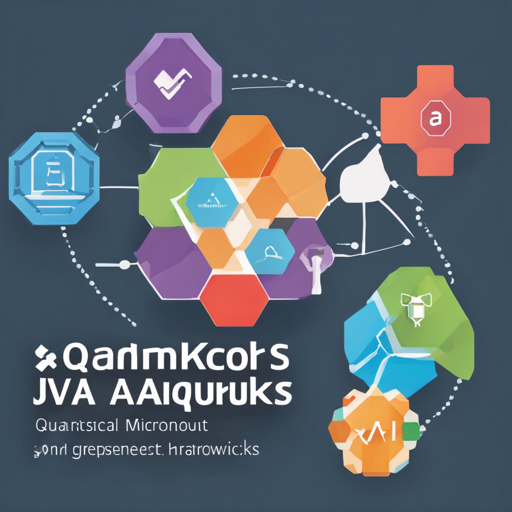In the rapidly evolving world of microservices, developers often find themselves choosing between frameworks that best suit their needs. This blog takes you through an exciting comparison of three powerhouse Java frameworks: Quarkus, Micronaut, and Spring Boot. With a mix of theory and practical proofs-of-concept (PoCs), we aim to provide you with insights into their performance regarding start-up time, memory footprint, and more!
Setting Up Your Environment
Before diving into the hands-on comparisons, make sure your development environment is ready. Here’s what you’ll need:
Building Applications and Docker Images
Our project involves building applications in each of the three frameworks and creating both JVM and Native Docker images. Here’s a broad look at how to proceed:
- Implement the application logic for each framework.
- Build the respective Docker images, capturing data about packaging time, size, and memory usage.
Understanding the Process:
You can think of building microservices like assembling a sandwich. Each framework adds its own “ingredients” – features and functionalities. For instance:
- Quarkus: A lightweight, fast-assembly sandwich with the unique ability to adapt to different palates (environments).
- Micronaut: A flexible sandwich focusing on efficient resource usage, ensuring every bite is fully satisfying.
- Spring Boot: A classic sandwich with plenty of familiar ingredients that caters to various tastes, albeit sometimes heavier on the build time.
Running Performance Tests
Once you have your applications set up and the Docker images ready, it’s time for the real test—performance! We’ll use the Apache Bench (ab) tool to measure response times:
ab -c 2 -n 6000 http://localhost:9080/api/greeting?name=IvanRepeat the tests across all applications, both JVM and Native, to gather the necessary metrics.
Using cAdvisor for Monitoring
To gain a deeper understanding of your applications, monitor CPU and memory usage with cAdvisor. Here’s how:
- Run cAdvisor in Docker using the command:
- Access cAdvisor via http://localhost:8080 to visualize container performance.
- To stop, use the command
docker stop cadvisor.
docker run -d --rm --name=cadvisor -p 8080:8080 -v /:/rootfs:ro -v /var/run:/var/run:ro -v /sys:/sys:ro -v /var/lib/docker:/var/lib/docker:ro -v /dev/disk:/dev/disk:ro -v /var/run/docker.sock:/var/run/docker.sock --privileged --device=/dev/kmsg gcr.io/cadvisor/cadvisor:v0.49.1Troubleshooting Tips
If you encounter issues during setup or testing, consider the following troubleshooting ideas:
- Ensure Docker has enough resources; for Mac and Windows, set it to a minimum of 8G memory.
- Double-check your Docker images and container configurations.
- If an application fails to start, review the console logs for error specifics.
- For more insights, updates, or to collaborate on AI development projects, stay connected with fxis.ai.
Conclusion
Through our exploration of Quarkus, Micronaut, and Spring Boot, it’s clear that each framework possesses unique attributes tailored for diverse development requirements. Assess your project needs and experiment with each to determine the best fit for your microservices architecture.
At fxis.ai, we believe that such advancements are crucial for the future of AI, as they enable more comprehensive and effective solutions. Our team is continually exploring new methodologies to push the envelope in artificial intelligence, ensuring that our clients benefit from the latest technological innovations.

